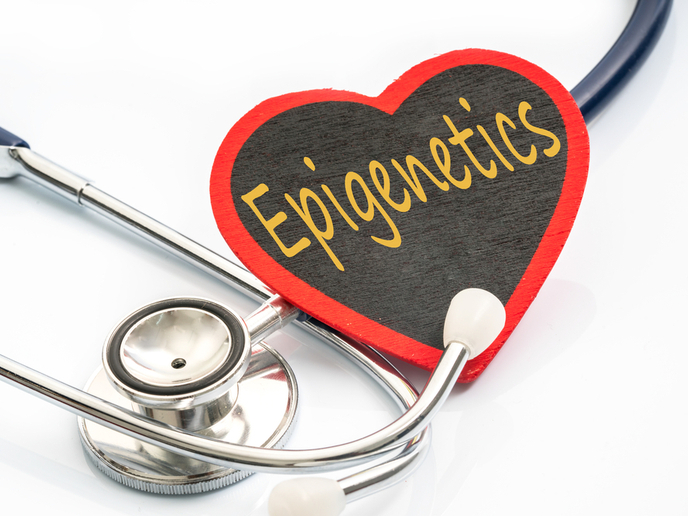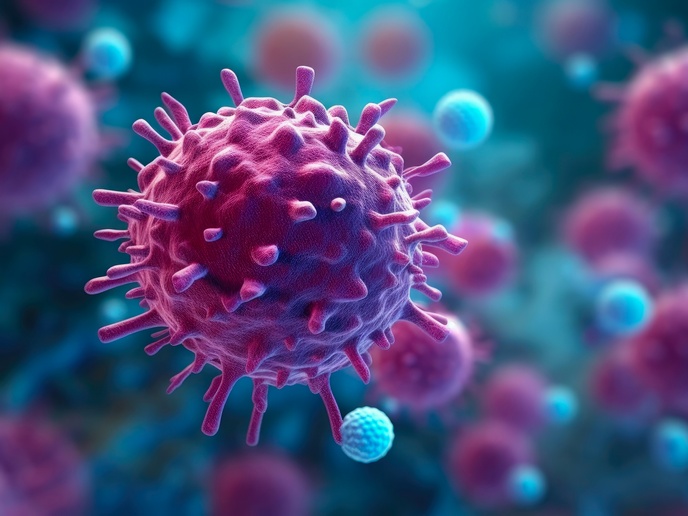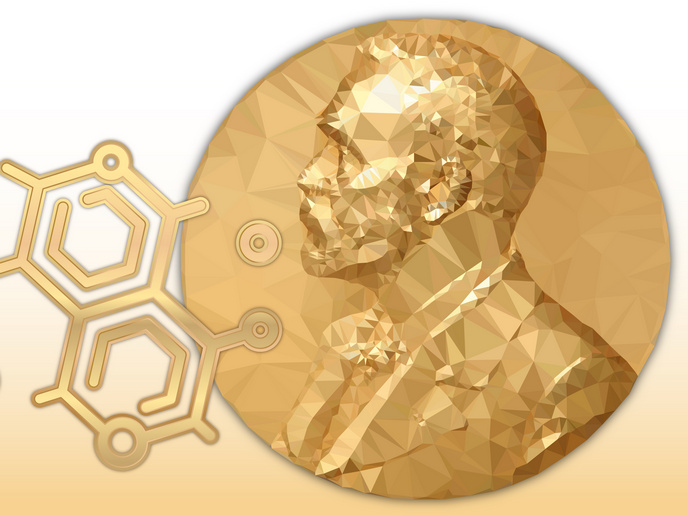The ultimate in epigenetic therapy: Switching off your own cancer genes
AML is characterised by the abnormal proliferation of immature myeloid cells. The standard of care for AML patients has not changed for many years, and the 5-year survival rate for AML patients is still only about 30%. Therefore, there is an urgent need to develop novel therapies for AML. Accumulating scientific evidence indicates a role for epigenetic changes in cancer onset and progression, and new therapies could therefore be based on targeting the epigenetic state of AML. “Epigenetic regulators are frequently mutated in AML and represent good drug targets,″ explains project coordinator Prof. Kristian Helin. The EU-funded NovLeuReg project, a Marie Skłodowska-Curie fellowship grant, aimed to identify novel epigenetic regulators in AML to support the development of personalised treatments in the future. To identify epigenetic regulators and investigate the molecular mechanisms behind them, scientists performed loss-of-function forward genetics screens. They used the CRISPR interference genome editing technology to generate a library capable of targeting 1 046 genes of all the known and putative chromatin-associated proteins. This library was subsequently used in AML cell lines to identify the components of the epigenetic machinery that cause leukaemia. The approach allowed the identification of several potential AML regulators such as PRMT5 and KANSL2. Through a range of cell biology, biochemistry, and functional genomics approaches, researchers investigated these two enzymes known for their oncogenic role in other cancer types. The identification of protein targets of the PRMT5 post-translational modifying enzyme and gene targets of the KANSL2 histone-modifying enzyme helped scientists uncover their mechanism of function. Further investigation into the interacting partners of these enzymes in leukaemic cells will highlight the role of epigenetic regulation in AML. In particular, by determining which enzyme substrates are essential for disease propagation and could be used as targets for AML treatment, scientists hope to lay the foundation for future therapy development. Furthermore, NovLeuReg researchers have established novel mouse models of AML utilising the most frequently occurring human AML mutations. According to Prof. Helin: “there are many advantages of using mouse models compared to primary human AML samples; they are genetically well-defined and the development of AML can be followed over time, including the changes in epigenetic signatures and gene expression.″ Among their immediate plans is to implement the same CRISPR editing approach to study cytogenetically normal AML, a disease subtype that lacks any of the frequent mutations and chromosomal translocations encountered in AML. The future of epigenetics therapy Collectively, the work by NovLeuReg alongside technological advancement provides novel knowledge in the field of malignant haematopoiesis. The identification of these new proteins that contribute to AML development and maintenance sheds new light into the process and mechanism underlying leukemogenesis and unveils novel therapeutic targets. Dr Helin is hopeful that “the NovLeuReg work will be of clinical significance by spurring the development of new inhibitors for the treatment of AML.″ Overall, the reversible nature of epigenetic marks has raised optimism for the development of new therapies in leukaemia by pharmacological inhibition of chromatin-modifying enzymes. New therapies are much needed for this type of cancer that presents with high mortality rates and no unified treatment. Long-term, it will be possible to develop personalised therapies for AML patients following detailed molecular analysis of leukemic cells.
Keywords
NovLeuReg, acute myeloid leukaemia (AML), enzyme, epigenetic regulator, therapy, chromatin, PRMT5, KANSL2







